
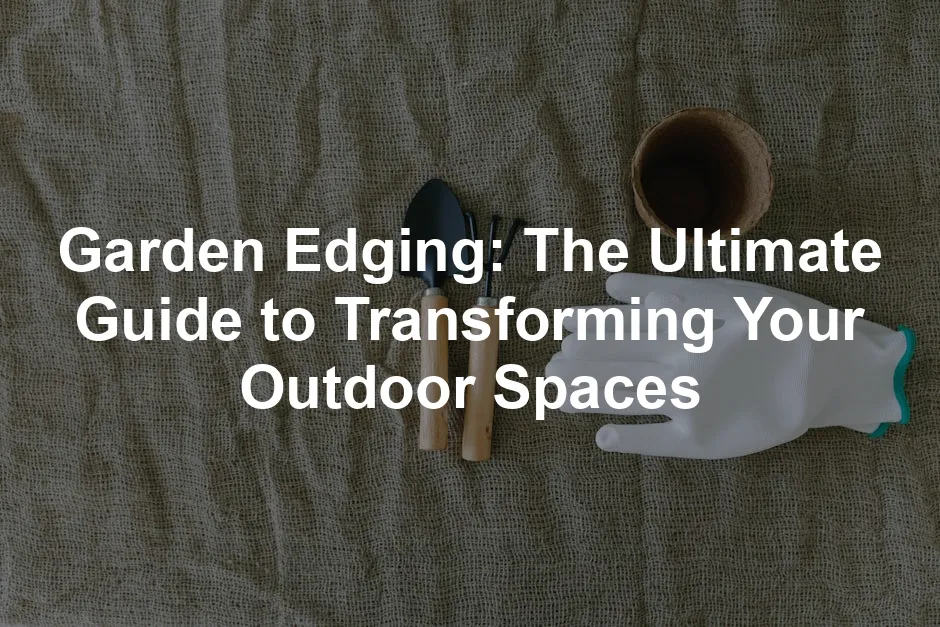
Garden Edging: The Ultimate Guide to Transforming Your Outdoor Spaces
Introduction
Garden edging is a crucial element in landscaping. It defines spaces and enhances the overall look of your garden. Did you know that 70% of homeowners believe garden edging significantly improves their outdoor aesthetic? If you’re ready to elevate your garden’s charm, check out this Garden Edging Kit that makes installation a breeze!
Summary and Overview
Garden edging serves multiple purposes, making it an essential addition to any garden. It helps define different areas, creating visual boundaries that enhance your design. Moreover, it plays a vital role in preventing soil erosion. By keeping soil in place, edging supports healthier plants.
There are several materials to choose from, including stone, wood, and metal. Each has its own unique benefits and style. Recently, eco-friendly options have gained popularity, allowing gardeners to create beautiful spaces while caring for the planet. Sustainable materials not only look good but also contribute positively to the environment. With so many choices, there’s an ideal edging solution for every garden!
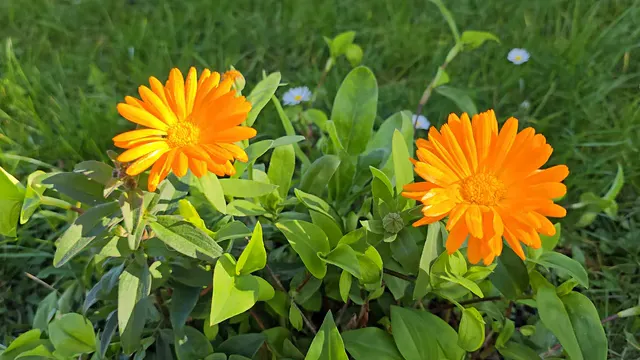
Types of Garden Edging
Natural Edging
Natural materials offer a timeless charm for garden edging. Options like stone, wood, and bamboo create a beautiful, organic feel. Stone can bring a rugged elegance, while wood lends a rustic touch. Bamboo, on the other hand, provides a unique, eco-friendly alternative. If you’re looking for an easy way to add that organic feel, consider using Bamboo Garden Edging that will give your garden a fresh look!
Using natural materials also benefits the environment. They are often biodegradable and blend seamlessly into the landscape. This organic approach not only enhances aesthetic appeal but also supports biodiversity. By choosing natural edging, you’re making a choice that’s kind to our planet. Imagine how wonderful it feels to create a garden that looks great and helps the environment at the same time!
Enhancing biodiversity in your garden can significantly benefit your plants and the environment. how to enhance biodiversity in your garden for insect support

Metal Edging
Metal edging is becoming increasingly popular for its contemporary look. Choices like aluminum, steel, and wrought iron provide a sleek finish to any garden. One major advantage is their durability; these materials can withstand the elements for years. If you’re seeking a strong and stylish option, check out this Aluminum Garden Edging that combines style and strength!
Maintenance is minimal, making them a practical choice. If you’re looking for versatility, metal edging fits the bill. It can be shaped into various designs, allowing you to customize your garden’s look. Plus, the polished finish adds a modern touch that complements any style.

Plastic and Composite Edging
Plastic and composite materials are excellent choices for budget-conscious gardeners. Recycled plastic and composite options offer a low-maintenance solution with impressive longevity. They resist fading and wear, making them ideal for long-term use.
These materials are also cost-effective, which is a plus for many homeowners. Installation is easy and straightforward, allowing you to set up your garden edging quickly. By opting for eco-friendly plastic or composite, you’re making a smart choice that balances durability with environmental responsibility. Why not create a stunning garden that’s also kind to the Earth? Consider using Composite Garden Edging to achieve that perfect blend!
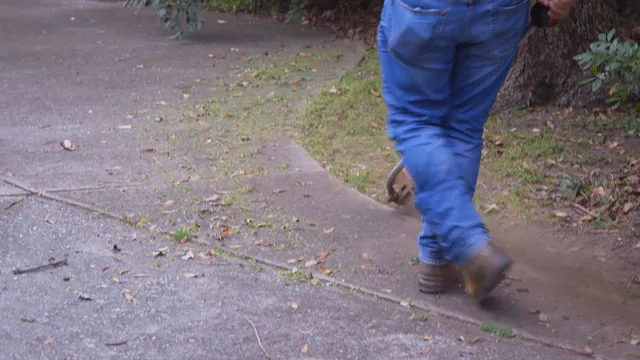
Brick and Paver Edging
Brick and paver edging brings a traditional charm to any garden. These materials are not only durable but also add a classic touch to your landscape. Think about how a well-laid brick path can guide the eye while keeping the garden neat and defined. If you’re ready to add that classic touch, consider Stone Pavers for a timeless look!
Installation is straightforward, yet it allows for creativity. You can arrange bricks in various patterns, like herringbone or staggered designs. Pavers come in different shapes and colors, giving you plenty of options to match your style. You can create clean lines or curved borders, depending on your garden’s layout.
Whether you opt for a rustic red brick or sleek stone pavers, these choices enhance your landscaping. Their long-lasting nature ensures your garden looks great season after season. Plus, they help keep mulch and soil in place, supporting healthy plant growth. So, are you ready to elevate your garden with brick and paver edging?

Installation Techniques
Planning Your Edging
Planning is key to successful garden edging. Start by measuring the areas where you want to install edging. Make sure to mark your layout clearly to visualize the final design. Consider the size and shape of your garden beds; unique angles can add interest.
Think about the types of plants you’ll use. For instance, taller plants may need more space, while ground covers can help fill in gaps. Your garden’s overall design should also influence your edging choices. Are you aiming for a formal look or a more relaxed, natural feel? Answering these questions will guide your layout decisions.
Remember to consider practical needs too. Will the edging help prevent soil erosion or define pathways? By addressing both aesthetic and functional aspects, you’ll create a garden that’s as beautiful as it is practical.
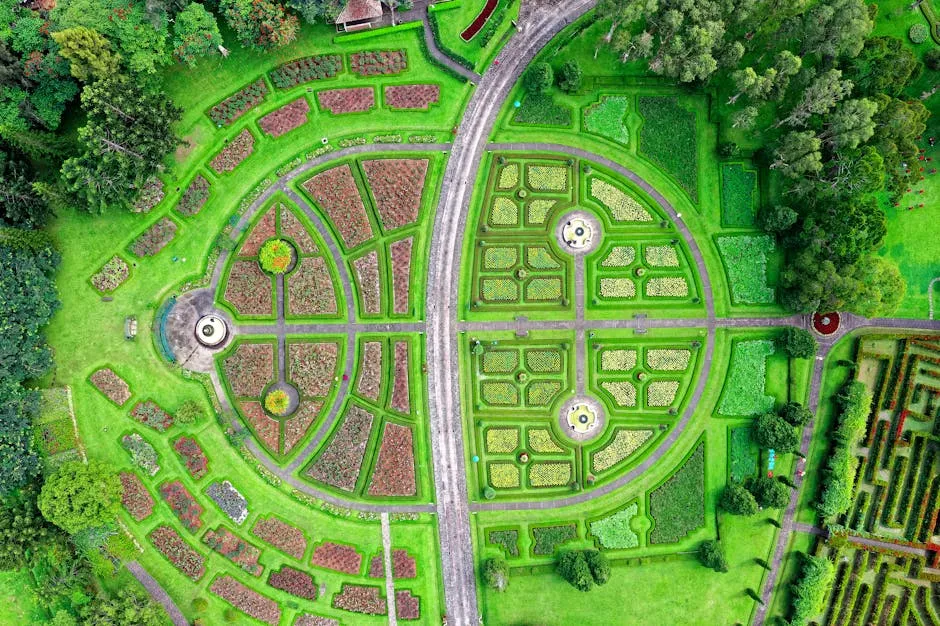
Tools and Materials Required
To install your garden edging, you’ll need some essential tools. A spade is crucial for digging, while a level ensures your edges are straight and even. A mallet can help set bricks or pavers firmly in place without damaging them. If you want to simplify the digging process, consider getting a reliable Spade for Digging that will make your life easier!
Materials will vary based on your edging choice. For brick or paver edging, you’ll need the bricks or pavers themselves, along with sand for leveling. If you’re using metal or plastic edging, consider stakes or connectors to secure them properly.
Make sure to gather everything before you start. Having all your tools and materials on hand will streamline the installation process. This preparation will save you time and help you achieve a polished look in your garden. So, are you ready to get started?

Step-by-Step Installation Guide
Installing garden edging is a rewarding DIY project. Follow these steps for a successful installation.
- Choose Your Material: First, select the type of edging that fits your garden’s style. Options include brick, metal, or composite. Each has unique aesthetic and functional benefits.
- Mark the Area: Use stakes and string to outline where the edging will go. This visual guide helps you stay on track.
- Dig a Trench: Depending on your material, dig a trench about 2-4 inches deep along the marked line. Make sure the base is level for stability.
- Prepare the Base: For heavier materials like brick or stone, add a layer of gravel for drainage. This prevents shifting over time.
- Install the Edging: Place your edging material into the trench. Ensure it’s straight and level. For bricks, lay them snugly together. If using metal or plastic, secure them with stakes.
- Backfill the Trench: Fill in the soil around the edging. Pack it down to eliminate gaps. This step is vital for durability.
- Final Touches: Add mulch or soil on the garden side of the edging. This enhances aesthetics while helping to retain moisture.
By following these steps, your garden edging will be stable and long-lasting. Always consider the specific maintenance needs of your chosen material to ensure it stands the test of time.
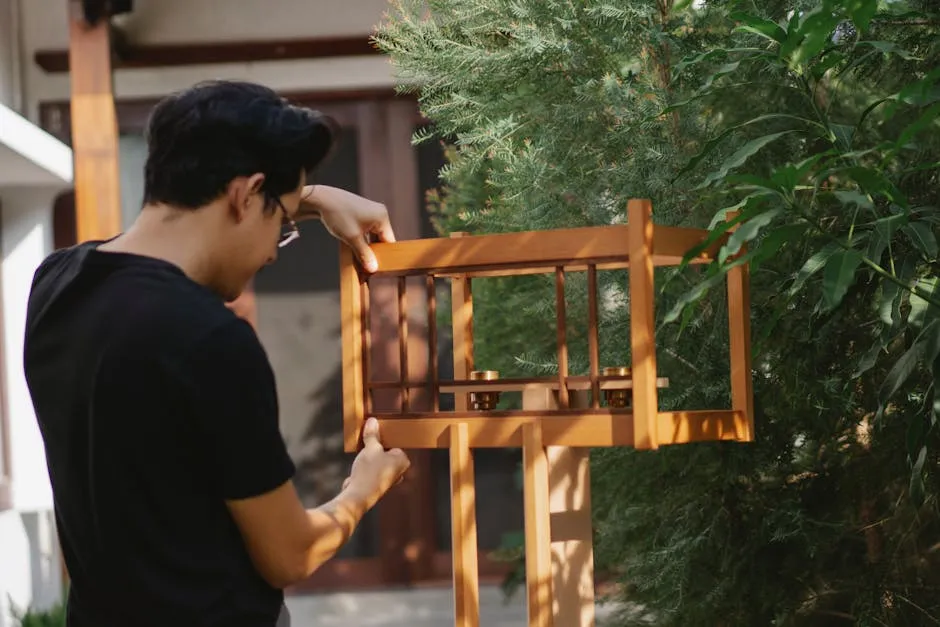
Maintenance of Garden Edging
Routine Care
Maintaining your garden edging keeps it looking fresh. Different materials require unique upkeep. For natural materials like wood, check for rot or damage. Clean dirt and debris regularly. A wood sealant can extend its life. If you’re using metal edging, a good rust treatment product is essential. Check out this Eco-Friendly Pest Control Solution that ensures your garden remains healthy without harsh chemicals!
Metal edging may need occasional rust treatment. Wipe it down with a cloth to prevent buildup. Plastic edging requires less effort; just remove weeds and debris.
Regularly inspect your edging for any shifts or damage. Make repairs promptly to prolong its lifespan. Simple maintenance practices ensure your garden remains beautiful and functional.

Seasonal Considerations
Seasonal changes can impact your garden edging. In winter, protect natural materials from moisture and freezing temperatures. Consider adding mulch around the edges to insulate the soil. If you’re looking for quality mulch, consider this Eco-Friendly Garden Mulch that not only looks good but also protects your plants!
During spring, check for any wear and tear caused by winter weather. This is the best time to clean and repair your edging.
In fall, clear leaves and debris from the edges to prevent mold and decay. Each season brings unique tasks that help maintain your garden’s beauty, ensuring your edging withstands the weather.

Eco-Friendly Options
Sustainable Materials
Choosing eco-friendly materials for garden edging is a smart move. Options like recycled plastic and sustainably sourced wood help reduce waste. These materials not only look great but also contribute to a healthier planet. If you want to go the eco-friendly route, consider Recycled Plastic Edging that combines functionality and sustainability!
Many companies in the garden edging industry focus on recycling initiatives. For instance, some brands convert plastic waste into durable edging products. This not only minimizes landfill contributions but also promotes sustainable gardening practices. By selecting sustainable materials, you support a greener future while beautifying your outdoor spaces.
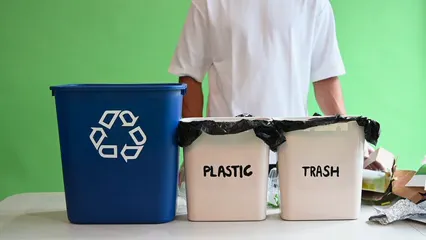
Benefits of Going Green
Using sustainable materials for garden edging offers numerous advantages. First, they lower your environmental footprint. Eco-conscious choices help protect natural resources and reduce pollution.
Additionally, sustainable materials improve biodiversity. They create habitats for local wildlife, fostering thriving ecosystems in your garden. When you prioritize eco-friendly options, you contribute to the overall health of your environment. This thoughtful approach enhances your garden’s beauty while nurturing the planet. Why not make a choice that benefits both your garden and the Earth?
Consider creating a pollinator-friendly garden design that supports local ecosystems. Creating a pollinator-friendly garden design
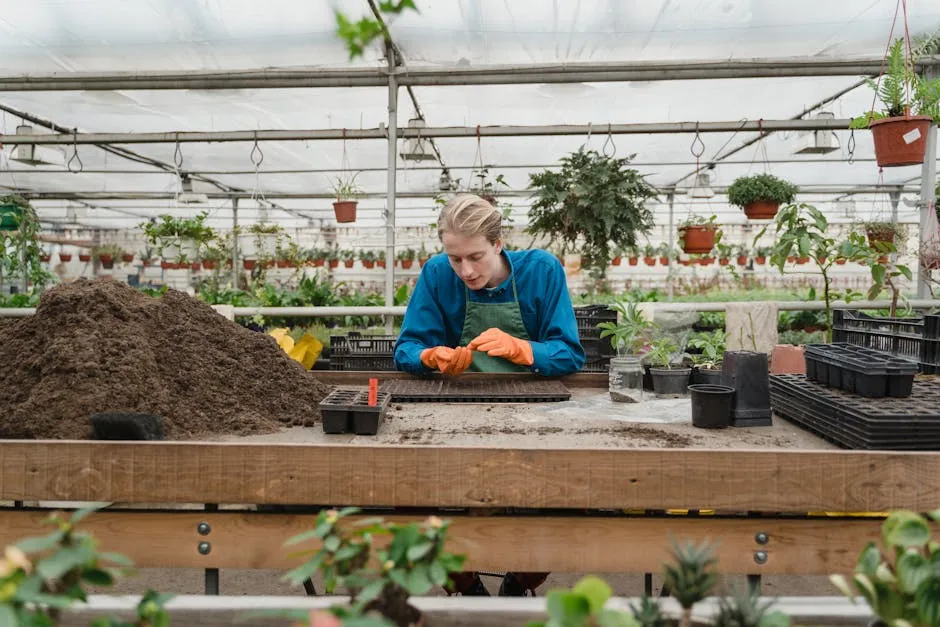
Conclusion
In summary, garden edging is essential for enhancing outdoor spaces. Eco-friendly materials offer sustainable options that benefit the environment and local ecosystems. As you consider your choices, remember the impact of your decisions. Make informed choices that reflect your values and create a stunning garden you can enjoy for years to come. And don’t forget to keep your garden thriving with quality products like Organic Fertilizer and a Soil Test Kit to ensure your plants get the nutrients they need!
Please let us know what you think about our content by leaving a comment down below!
Thank you for reading till here 🙂
All images from Pexels



